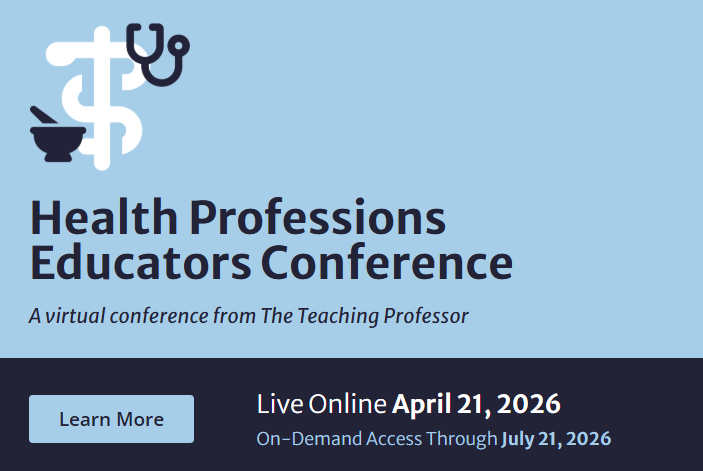Aligning Assessment Strategies with Institutional Goals
Troll through university websites and you’re likely to see mission statements with such lofty phrases as “instill a passion for lifelong learning” or “a commitment to student-centered education.” But what do these things really mean and, more importantly, how do you know you’re doing them?



